Why
CE marking?
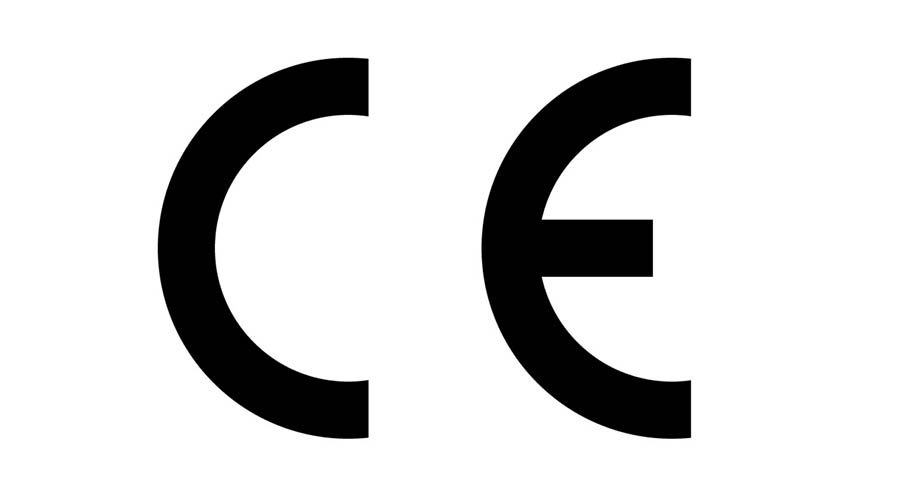

In order to allow the free movement of products in Europe and to guarantee the safety of persons, domestic animals or goods, the CE marking of a product attests, under the responsibility of its manufacturer, that the essential requirements of all European directives and/or regulations applicable to the product are met. In order to affix the CE marking which is compulsory on a covered product, the manufacturer must assess its conformity before placing it on the European market.
Your obligation
as a manufacturer
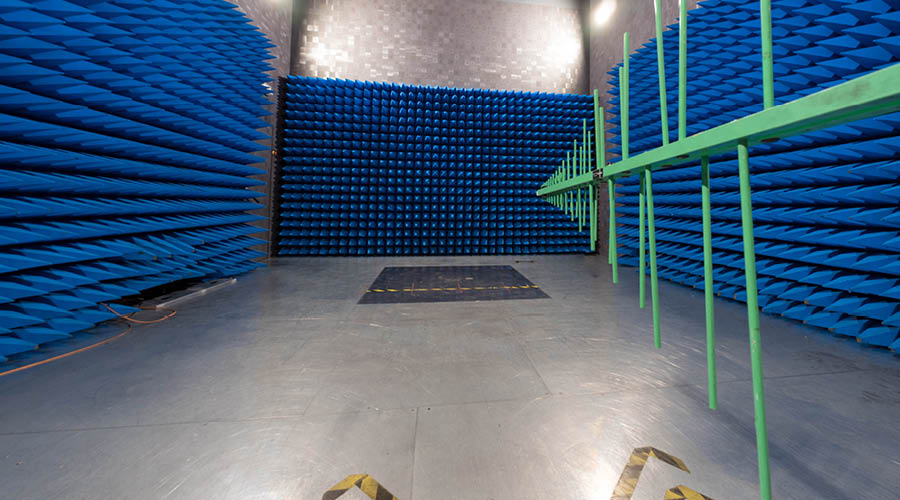

So, as a manufacturer, your obligations are the same whether you are based inside or outside the EU. You must know the rules and standards applicable to your product from the design stage. You must :
- Identify the applicable requirements; applicable directive(s) and harmonised standard(s)
- Check the specific requirements of the product
- Determine whether an independent conformity assessment (by a notified body) is necessary (e.g. PPE with APAVE)
- Test the product and verify its conformity. Write and keep available the required technical documentation
- Affix the CE marking and draw up the EU declaration of conformity
- If your product is mass-produced, ensure that each stage of production guarantees its compliance with the applicable legislation
The main directive applicable to
electrical and electronic equipment
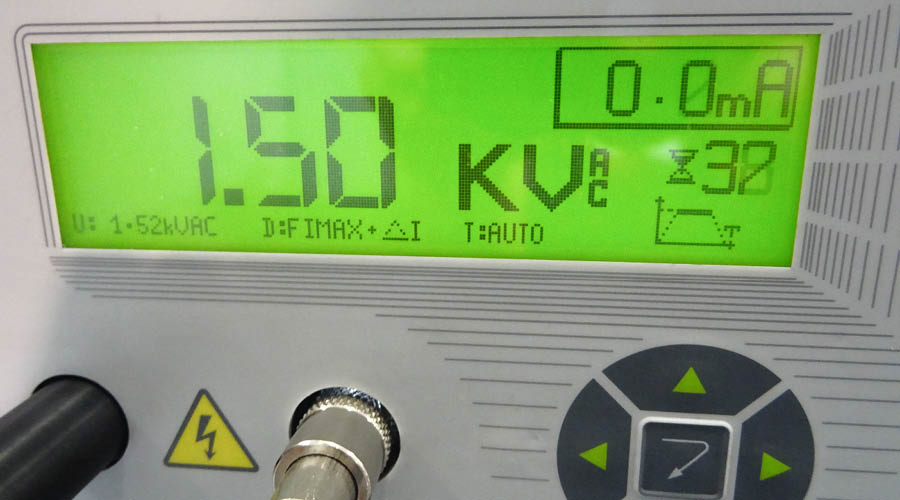

|
LVD |
Radio equipment (RED) 2014/53/EU |
EMC testing (Electromagnetic Compatibility) 2014/30/EU |
Other directives or regulations may also apply, such as directives 2006/42/EC on machinery, EU regulation 2017/745 (replacing directive 93/42/EEC amended by directive 2007/47/EC) on medical devices,
SOPEMEA provides you with the expertise of COFRAC and IECEE* accredited laboratories to carry out the assessments and tests necessary to establish your CE marking.
Where to carry out your
CE marking?
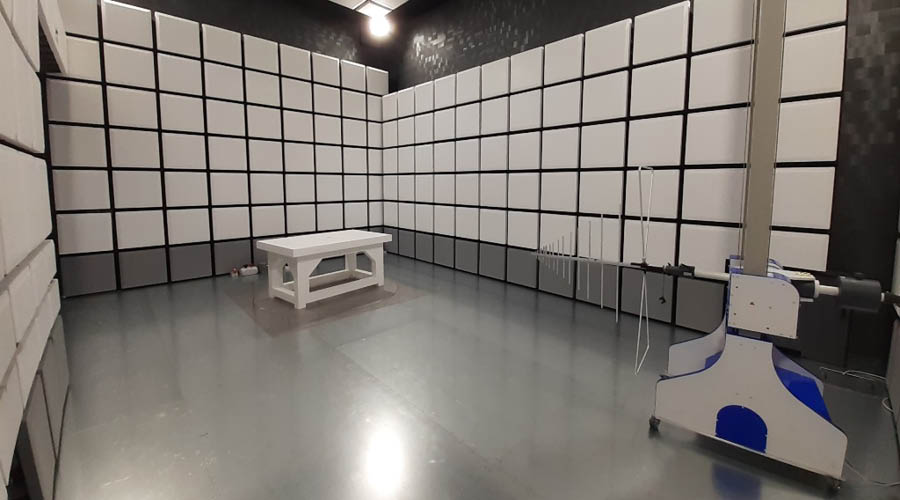

Our laboratories are able to offer COFRAC, UKAS and IECEE accredited testing in EMC, RED (Radio) and electrical safety (DBT), measurements for the USA, Canada (FCC and ISDE) and Korea (KC Recognition):
- SOPEMEA Genas (69) see our accreditations COFRAC and IECEE*
- SOPEMEA Toulouse (31) see our accreditations COFRAC
- SOPEMEA Trappes/Vélizy (78) see our accreditations COFRAC
- AEMC Lab in Grenoble (38) see our accreditations COFRAC
- PARC (in the UK) UKAS accredited, for UKCA marking, from your CE marking files.
*IECEE accreditation "CB scheme" is an international system of mutual acceptance of test reports and certificates for the conformity of your products internationally.
The advantages of
the Sopemea cluster
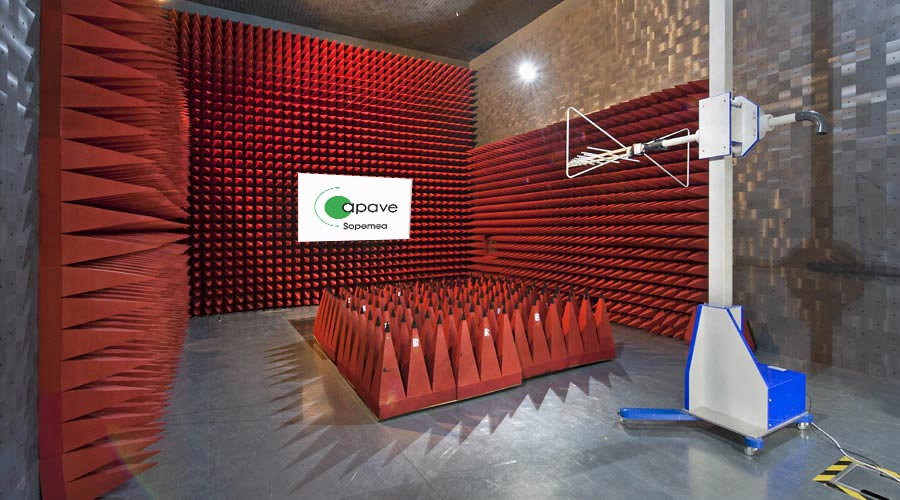

- Our laboratories can test your products according to the identified standards
- We support you in the various stages of marketing in Europe or in other regions of the world with the help of Apave certification
- Our commercial services with the support of our experts help you to identify the applicable directive(s) and the relevant harmonised standards
- Competent teams
- High-performance, relevant and sometimes unique testing facilities
- Multiple services in EMC, LVD, RED (radio equipment), climatic, mechanic, hydraulic and electrical safety
- Regional offices
Meeting
International standards


Examples of tests
- Safety tests: Protection against electric shock - Dielectric strength - Temperature rise - Leakage currents - Insulation resistance - Creepage distances and distances in air - Tracking currents - Moisture resistance - Glow wire - Fire resistance - Fault condition analysis
- Environmental testing: Protection against liquid ingress (IPX1 to X8) - Protection against solid ingress (IP1X to 6X) - Protection against external mechanical impact (IK01 to IK10)
- Electromagnetic compatibility tests: Emission tests - Immunity tests, EMF measurements with regard to the protection of persons.
- Radio" tests
Our areas of
activities
|
|
We can also evaluate electrical, EMC and radio safety for sectors not subject to CE marking, such as
|
|
Our experts answer your questions
-
What is CE marking?
CE marking (Conformité Européenne) is not a quality mark, but an indicator that the product complies with the health, safety and environmental protection requirements of the European Union. It is mandatory for the marketing of many products in the European Economic Area (EEA), as well as in Turkey and Switzerland. -
How do you obtain a CE certificate?
To obtain the right to affix the CE marking, you must follow these steps:
- Identify the European directives and harmonised standards that apply to your product
- Assess the product's conformity. This may require laboratory testing or assessment by a notified body for high-risk products
- Prepare the technical documentation. This file must prove the product's compliance
- Draw up an EU declaration of conformity
- Affix the CE marking to the product
-
Who is responsible for CE marking?
The manufacturer is solely responsible for the product's compliance and for affixing the CE marking. If the manufacturer is located outside the EEA, the importer becomes responsible and must ensure that the imported products comply with European directives. -
How to make an EC declaration of conformity?
The EU declaration of conformity is a document signed by the manufacturer to certify that their product complies with European requirements. It must include:
- The name and address of the manufacturer
- A description of the product
- A reference to European directives and harmonised standards
- A statement of responsibility from the manufacturer
- The date of the declaration and the manufacturer's signature
It is important to keep this declaration and the technical file for at least 10 years after the product has been placed on the market.
Choosing
Sopemea

A COMPLETE SERVICE OFFER ADAPTED TO YOUR NEEDS

MORE THAN 75 YEARS OF EXPERIENCE

A LOCAL NETWORK
Discover our
news

